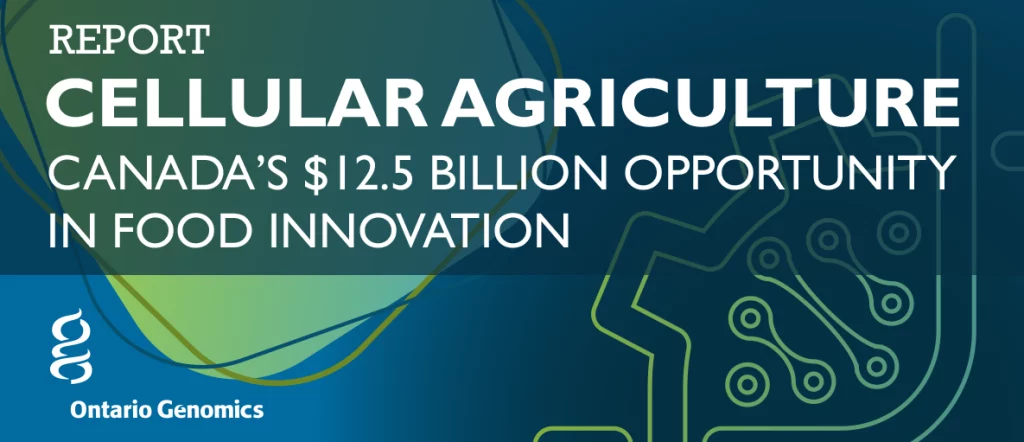In early 2020, shortly after returning to Canada during the COVID-19 pandemic, I was invited to join the National Engineering Biology Steering Committee.
It was an honor to be invited to this committee to plot a course for the future of bio-manufacturing in Canada. It was assembled by Ontario Genomics, a government-funded non-profit organization which manages genomics research projects and platforms.
The first collaborative outcome of the steering committee was this white paper, discussing how engineering biology is a national opportunity to advance Canada’s knowledge-based economy and create high-quality jobs and training opportunities.
While I love how much engineering biology is truly a platform of all applications, it has been an ongoing challenge to pull “biotechnology” apart from its default application: health.
That’s why I was incredibly pleased when Ontario Genomics asked me to be part of a Food Security Subcommittee so we could put together a full report exclusively on cellular agriculture.
The report, Cellular Agriculture: Canada’s $12.5 Billion Opportunity in Food Innovation is an impressive work focused on Canada’s unique value proposition for cellular agriculture. Led by Ontario Genomics and developed and written in partnership with the Dr. Lenore Newman’s Food and Agriculture Institute at the University of the Fraser Valley, this report features extensive stakeholder input and an economic analysis, providing critical considerations for Canada’s emerging cellular agriculture industry.
The report provides:
- An excellent background to cellular agriculture;
- An economic analysis of the opportunity that cell ag afford to Canada,
- Key considerations and stakeholder insights into the emergence of cell ag into Canada, and
- Three actionable steps for the country to pursue to create a thriving cellular agriculture ecosystem.
I wish we had these reports for countries around the world! But for now, this is a great first step for Canada and a great model for other countries who have yet to explore cellular agriculture deeply.



